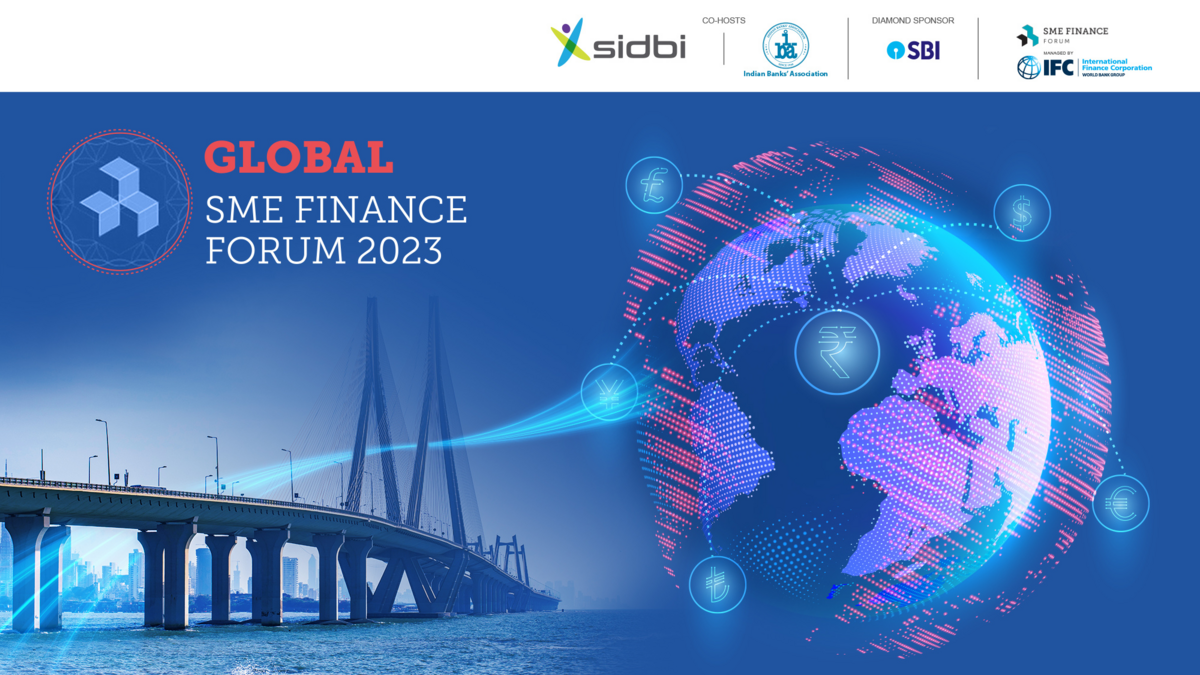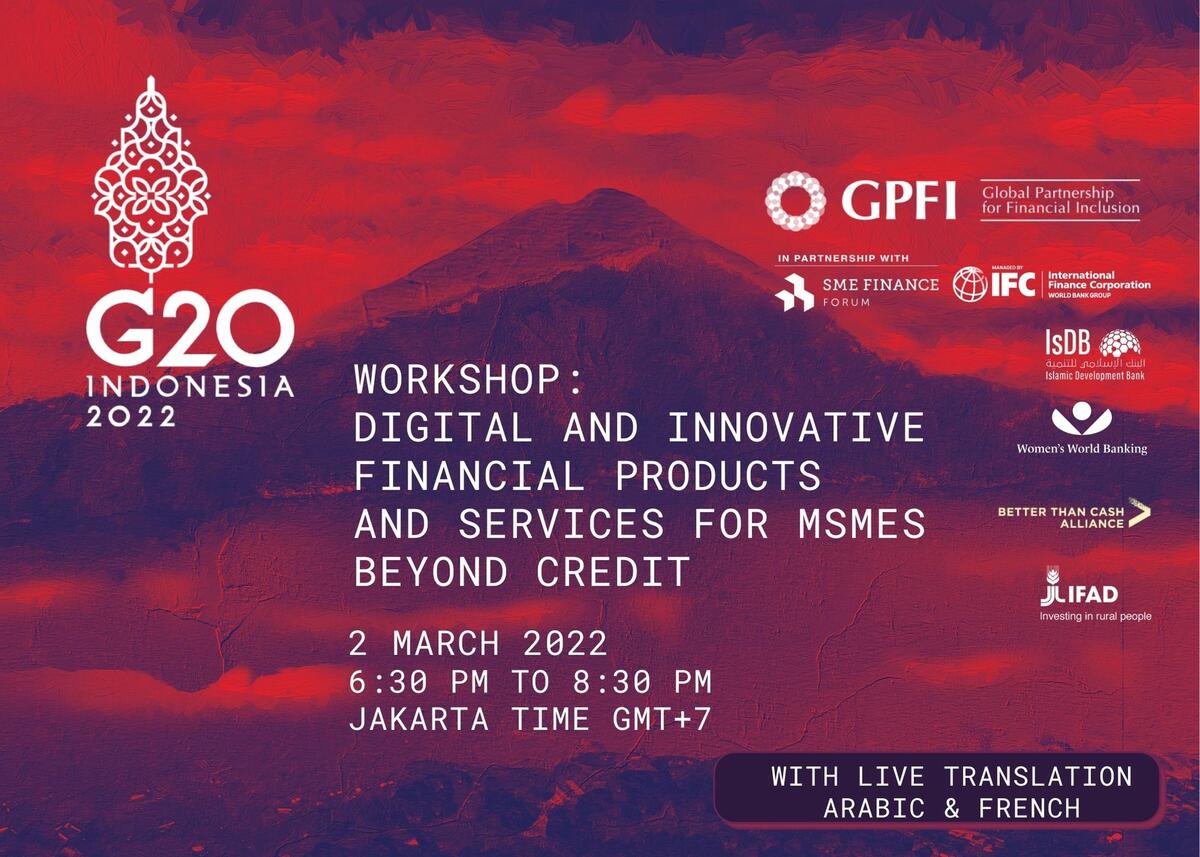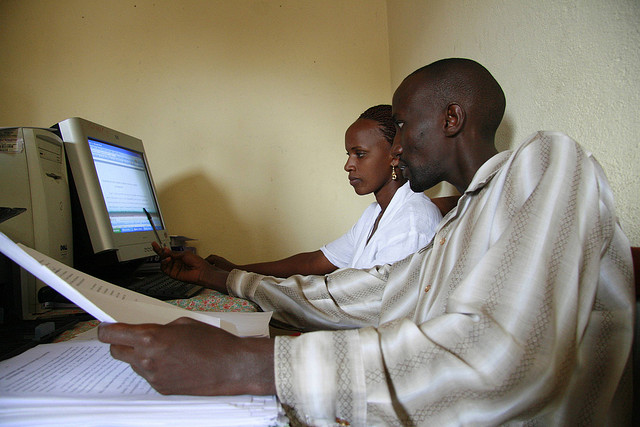Blog
Digitization of SME Finance Is a Win-Win for All

Globally, access to finance remains one of the most significant constraints to the growth, productivity and even survival of SMEs – and to the critical jobs they create. The SME credit gap is both a demand and supply side problem. On the demand side, many SMEs cannot get access to credit because bankers cannot see the critical information they require to assess creditworthiness. To most bankers, this means they lack financial documentation, business plans, collateral, etc. On the supply side, banks thus consider SMEs as high-risk and unsuitable to serve at interest rates they’re able to charge. For these two reasons, banks often prefer to lend to larger firms. Limited SME conventional documentation and through paperwork and through conventional credit reporting service providers makes this a big problem everywhere, but particularly in emerging markets.
The increasing digitization of SME finance, and of the potential supply of alternative data it provides, offers an opportunity and solution to both the demand and supply side of the credit gap. By 2020, the world’s stock of digital data will double every two years. Rising mobile usage, cloud-based services, big data, electronic payments, and exponential use of social media will fuel this increase. What is important to note is that by 2020, 60% of the global stock of digital data will be contributed by developing economies. So what can this mean for SMEs in emerging markets that currently face constraints in accessing finance?
Digitizing SME finance can lead to greater and better opportunities for banks as well as SMEs, and nowhere will this be more apparent than in emerging markets. On the supply side, lower costs and rising use of smartphones are helping SMEs produce transactions and accounting information in a cheap and timely fashion. New apps make financial management, customer management and supply/value chain management tools affordable to smaller and smaller firms. On the demand side, that new data plugs into advances in analytic and processing capabilities for the bankers, fueling the spread of new data-driven intelligence for initial decisioning and for portfolio management. This lowers transaction costs to acquire SMEs, and to serve them.
The greater digital footprint of SMEs also leads to a proliferation of technology-focused alternative SME lenders using this treasure trove of digital data. These alternative lenders focus on new data and analytics to decrease costs associated with loan origination and collection, showing the profitability of the SME market. They show banks that, without innovation, they can lose this SME market.
At the same time, we are starting to see an alternative to being disrupted by the alternatives – new partnerships between banks and FinTechs. These partnerships allow banks a fast and convenient way to innovate their product offerings and better serve their SME customers. Banks can vastly improve their customers’ experience with lower capital expenditures if they can learn how to “plug in” FinTechs into ongoing operations. The FinTechs also benefit as they gain access to the banks’ large customer base, existing infrastructure and lower costs of capital.
As we can see, digitizing SMEs’ finances holds immense potential, both for SMEs and for SME lenders. By leveraging the opportunities fully from greater digitization, we can help 180-220 million SMEs in developing markets that currently have unserved or underserved credit needs totaling trillions of dollars. At the Global SME Finance Forum 2017 taking place November 1-3 in Berlin, Germany, we will be discussing the various opportunities the digitization of SME finance offers, and how banks, FinTechs, DFIs, credit bureaus, regulators and others can benefit from this revolution in finance.
This blog post was originally published by Let's Talk Payments in the run up to Global SME Finance Forum 2017, which will take place in Berlin, November 1-3.
















